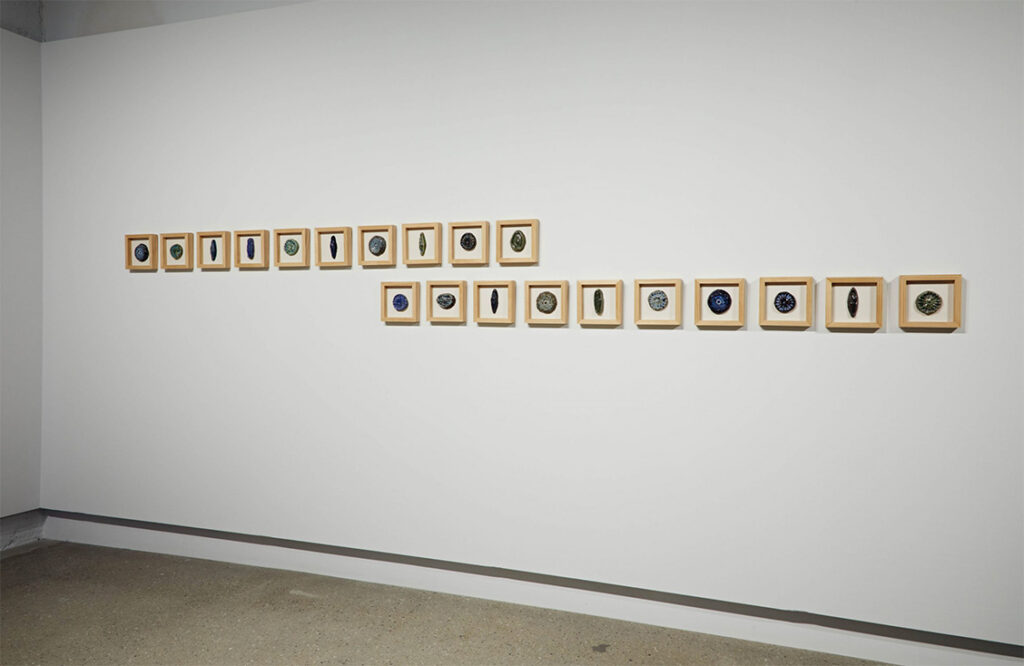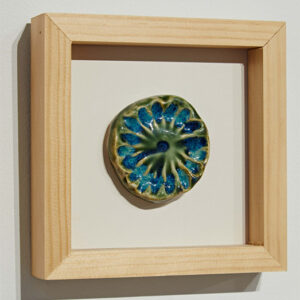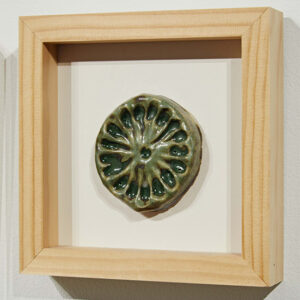
August 30 – December 3, 2021
School of the Art Institute of Chicago Galleries
Earthly Observatory explores how we sense, portray, and engage our deep planetary entanglements. Through crafted visions, close listening, and histories of conquest and protest, the exhibition examines the contested relations of ecology to economy, aesthetics to ethics that dominate our experience at one moment, and evades awareness in the next. Drawn from diverse practices across art, design, and the natural sciences, the works invite us to question the ways that we—as one among many earthlings—create our understanding of a manifold world.
Conditions Of Representation
How do we generate earthly knowledge and how do disciplinary lenses define what we see? Every act of seeing is an entangled instant in which two things manifest at once: what something is, together with what we imagine something to be. As artists reconfigure the relations between materialities and meanings, the boundaries between objectivity and subjectivity blur, revealing the complicated conditions of natural history in a post-natural world.
About the show
Earthly Observatory is curated by SAIC faculty members Giovanni Aloi and Andrew S. Yang and with the assistance of Director of Exhibitions Hannah Barco, Executive Director of Exhibitions Trevor Martin and Graduate Curatorial Assistants Sophie Buchmueller (Dual MA 2022), Sydney Gush (MFA 2022), Parinda Mai (MFA 2022), Cole Howard Thompson (MA 2021), with Director of Exhibitions Operations Steven Plaxco, Senior Exhibition Manager Michael Hall, Assistant Director of Exhibitions Joshua Fairbanks, and Administrative Assistant Kaitlyn Albrecht. Exhibitions at the SAIC Galleries are supported in part by a grant from the Illinois Arts Council Agency. Exhibition documentation by Tony Favarula.




XAVIER CORTADA
Diatoms, 2017
Hand-painted, hand-glazed ceramic on ceramic flat tile
The complex ecosystems of Earth rely on invisible organisms to thrive. One could go so far as to say that our planet would be a very different place without the essential contribution of diatoms. Regularly overlooked in conversations about biodiversity, diatoms are the largest type of phytoplankton algae. They feed marine animals, absorb carbon dioxide dissolved in the ocean from the atmosphere, and collectively produce as much oxygen as all of the world’s trees. Their nutrient-rich bodies are swept up into the atmosphere by storm winds and deposited on land where they become an essential fertilizer to the tropical forests. Diatoms are extremely small, <0.2 mm in size, and only visible to humans through a microscope. Cortada’s installation invites us to reframe our understanding of ecosystemic agency beyond the limitations of human vision. His ceramic portraits of diatoms foreground the individuality of each microorganism while alluding to its fragility.
Other artists
Allora & Calzadilla+Ted Chiang, Jonas N.T. Becker, Bulletin of the Atomic Scientists, Kelly Church, Rena Detrixhe, Paul Dickinson, Mark Dion, Jeannette Ehlers, Terry Evans, Assaf Evron, The Field Museum Center for Meteoritics and Polar Studies, Terike Haapoja, Paul Harfleet, Isao Hashimoto, Hock E Aye Vi Edgar Heap of Birds, Amanda Hess & Shane O’Neill, Katie Kingery-Page, Tim Lamey, SAIC’s ARC Land Acknowledgment Subcommittee, Meredith Leich, Norman W. Long, Peggy Macnamara, Nandipha Mntambo, Cherish Parrish, Claire Pentecost, Ken Rinaldo, Zoé Strecker, Cole Swanson, Anaïs Tondeur, Walter Tschinkel, Erin Wiersma
School of the Art Institute of Chicago Galleries
SAIC Galleries is a vibrant, public art space that features the boundary-pushing work of emerging and established contemporary artists and designers. Opened in the fall of 2020, SAIC Galleries is part of a four-story gallery and studio space at the School of the Art Institute of Chicago’s (SAIC) 33 Building, located in the heart of Chicago’s Loop at 33 East Washington Street. SAIC Galleries offers 26,000 square feet of exhibition space for annual student and faculty shows, as well as special exhibitions featuring national and international artists.